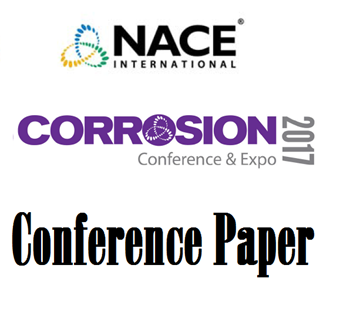Search
97233 INTERFACIAL CHEMISTRY OF ZINC ANODES FOR REINFORCED CONCRETE STRUCTURES
Also Purchased
Sacrificial Anodes for Reinforced Concrete Structures: A Review
Product Number:
51317--9078-SG
ISBN:
9078 2017 CP
Publication Date:
2017
$20.00
51312-01119-Galvanic Anodes for Use in Reinforced Concrete - Recent Test Results
Product Number:
51312-01119-SG
ISBN:
01119 2012 CP
Publication Date:
2012
$20.00
97250 THE USE OF A SACRIFICIAL ZINC ANODE FOR CATHODIC PROTECTION OF STEEL IN REINFORCED CONCRETE
Product Number:
51300-97250-SG
ISBN:
97250 1997 CP
$20.00




